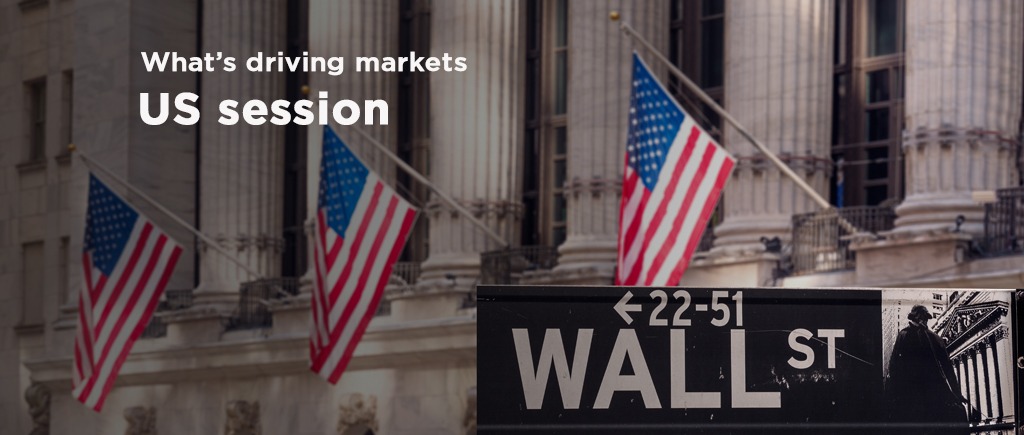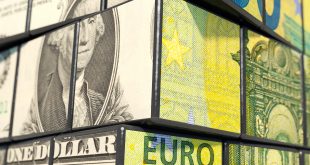Despite rising Treasury rates and CPI on Tuesday, the US dollar was unable to recover. Wall Street recovered and ended its five-day losing streak. The dollar continued to decline on Tuesday, although it managed to stay above Monday’s lows while remaining weak. The Nasdaq increased by more than 2%, while the Dow Jones gained more than 1%. The Fear Index, or VIX, dropped to 23.75.
Bitcoin continues to move quickly. It reached its highest point since June 2022 at $26,500 before declining to $24,500. The majority of Monday’s gains were held on as Gold and Silver drifted sideways.
Economic Data
The US CPI inflation rate for February decreased slightly to 6% YoY, the lowest level since September 2021, and the core CPI rate to 5.5% YoY, the lowest level since December 2021, both of which were in line with predictions. The results continue to indicate high inflation rates, which, when combined with the most recent employment statistics, would support a 25-bps rate increase at the FOMC meeting next week. The failures of Signature Bank and Silicon Valley Bank cast a shadow over the situation.
Key Developments
How long will the SVB collapse affect the performance of financial assets and economic data? The Producer Price Index and further inflation figures are expected on Wednesday. Moreover, data on retail sales will be disclosed. Chinese February industrial production and retail sales are also displayed on the economic calendar.
Due to the bounce in USD/JPY brought on by higher US rates, the DXY ended Tuesday virtually flat. The US 2-year rate increased from 3.97% to 4.25%, and the 10-year yield increased from 3.54% to 3.68%. The USD/JPY increased by more than 100 pip.
The minutes from the Bank of Japan’s January meeting will be made public on Wednesday. The likelihood of a change in BoJ policy in 2023 has, for the time being, drastically decreased due to concerns about SVB contagion.
EUR/USD increased somewhat but was still restrained by 1.0725. The European Central Bank (ECB) will meet to discuss monetary policy on Thursday. Despite the SVB controversy, a 50 basis point rate increase is still anticipated. Any adjustments to its future forecast would be the focus.
GBP/USD is still trading in a narrow range near 1.2160. Positive numbers were reported in the UK employment report on Tuesday. In the three months that ended in January, the unemployment rate, which was predicted to increase to 3.8%, remained unchanged at 3.7%; the economy added 65.000 jobs, more than the 53.000 predicted. Earnings per hour decreased from 6% to 5.7% YoY on average.
The USD/CAD pair fell to weekly lows at 1.3645 before rising again near 1.3700. In Canada, manufacturing sales increased 4.1% in January, exceeding forecasts for a 3.9% increase.
Due to a declining US dollar and an uptick in risk sentiment, the AUD/USD and NZD/USD exchange rates increased. Both currency pairs’ highs, which were respectively restricted at 0.6700 and 0.6250, were not new records.
The forecast for Crude Oil prices keeps growing worse. WTI fell more than 4% and ended the day below $72.00, its lowest level since mid-December.
Also Read:
After SVB Collapse, Fed’s Bowman: America’s banking sector remains resilient
WTI slides lower post CPI reading
GBP/USD slides lower ahead of UK budget
US stocks rebound following US inflation data
After CPI reading, Bitcoin price climbs past $25,000
USD/CHF gains traction after CPI data
 Noor Trends News, Technical Analysis, Educational Tools and Recommendations
Noor Trends News, Technical Analysis, Educational Tools and Recommendations





